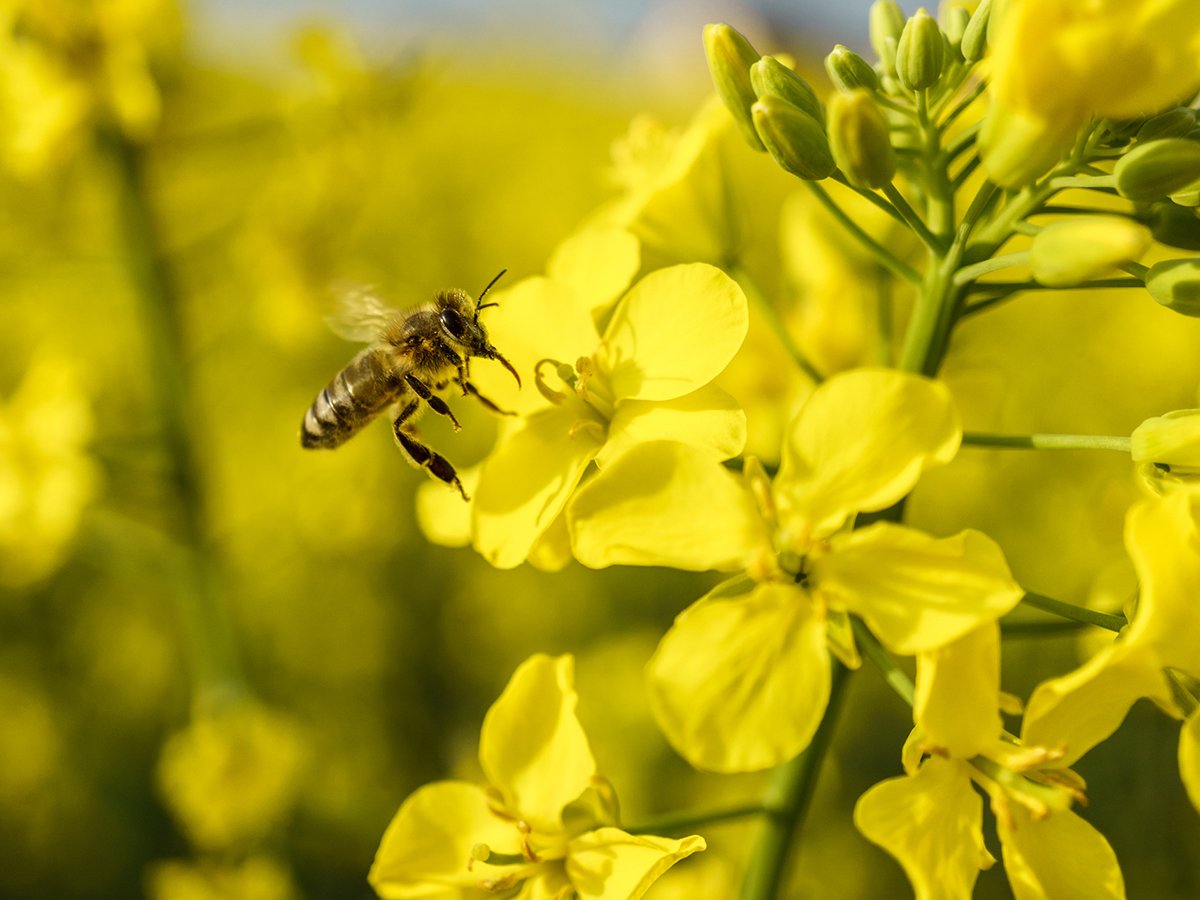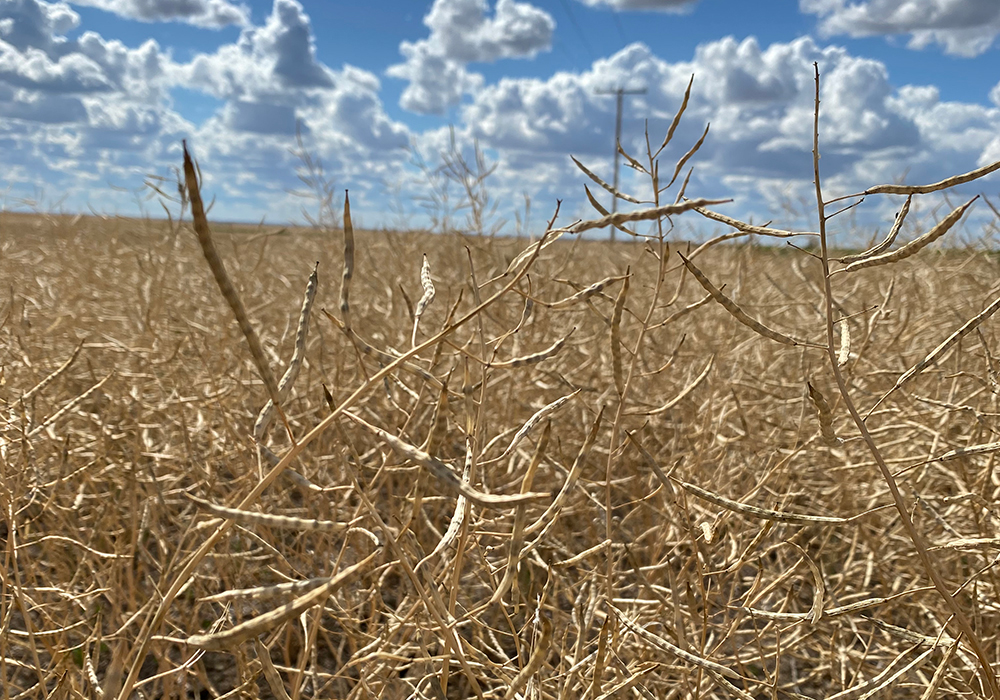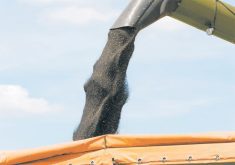The drought isn’t over for hundreds, perhaps thousands, of farmers in southwestern and west-central Saskatchewan. For those producers, this will be another year of drastically reduced yields.
It’s a different harvest feeling when the crop you’re combining is likely to be a candidate for crop insurance. Every bushel you manage to harvest just reduces your eventual crop insurance payment.
Mainstream media and the general public like to generalize about crop conditions. Crops are good in much of the prairie region with some fields having outstanding potential. While that’s the overview, it isn’t true everywhere.
Read Also

Invigor Gold variety viewed as threat to condiment mustard
Invigor Gold, the canola-quality mustard developed by BASF, is on a collision course with Canada’s condiment mustard industry. It’s difficult to see how the two can co-exist.
The psychology of drought changes when it’s a more regionalized problem. In 2021, drought was widespread and the majority of farmers took a yield hit. Most were in a similar situation and the drought received a lot of attention.
This year, unlucky producers that missed the rains are in the minority and largely forgotten. They don’t have to travel far to see crops much better than their own and that can actually make it more difficult to cope emotionally.
While grain prices have dropped, they are still attractive from an historical perspective. There will be a great economic disparity between those able to grow good crop and those who couldn’t.
Even within southwestern and west-central Saskatchewan, crops are highly variable and some impressive stands can be found. A lot less land will go unharvested and most producers will tell you that it’s better than last year’s disaster. However, it will still be the second worst crop in decades for many unlucky producers.
When thunderstorms in July were dropping random rainfalls of an inch or two, these producers were measuring showers in tenths of an inch. With no subsoil reserve and with the arrival of hot summer days, crops suffered.
Those with the potential for a bountiful harvest are painfully aware their crop isn’t in the bin yet. The flirtation with an early August frost made that abundantly clear. Frost will remain a threat for weeks to come.
And of course, tens of thousands of acres of promising crops have been lost to hailstorms. That is also a devastating way to lose a year’s work with all the corresponding expenses.
A lot less crop will be salvaged for cattle feed this year. The feed shortage isn’t as acute and anyone short of feed should be able to find some for sale in reasonable proximity.
However, the drought-affected regions already have concerns about 2023. Without fall rains, the outlook for next year will again be scary.
One additional problem — a plague of grasshoppers. More crops may have been sprayed for grasshoppers this summer than at any time since the 1980s. Unfortunately, the hopper population has still exploded.
In many of the dry regions, large, winged hoppers resemble swarms of locusts. They’re eating everything in sight and they’re laying eggs to generate a potentially massive problem for the 2023 crop.
Barring an early frost, crop insurance programs in the three prairie provinces will not see the huge payouts generated last year. However, with the drought problem mainly concentrated in Saskatchewan, that crop insurance program could still see significant payouts.
For producers collecting major payments two years in a row from crop insurance, higher premiums in the years ahead could be the result as experience discounts are reduced.
Back-to-back drought-reduced crops take an emotional toll. It shatters confidence levels, which can only be improved with substantial rains that have yet to arrive.
Kevin Hursh is an agricultural journalist, consultant and farmer. He can be reached by e-mail at kevin@hursh.ca.
















